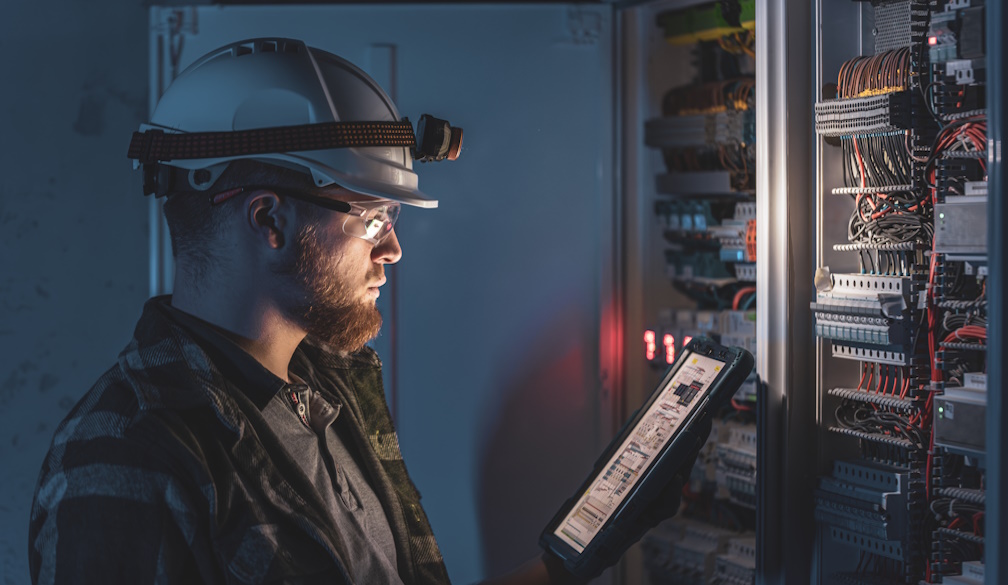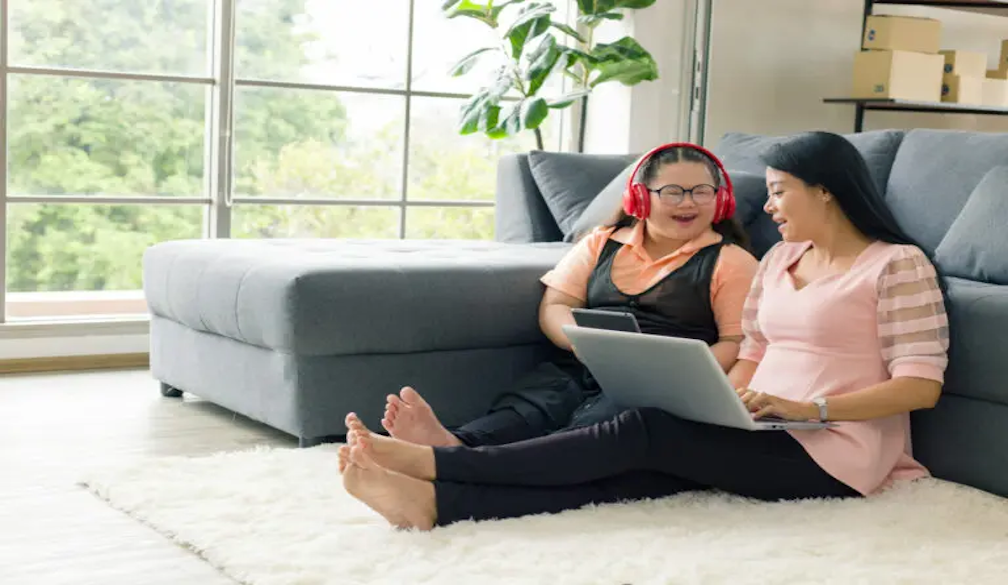Understanding The Benefits Of A Sleep Apnea Mask For Effective Therapy
- Written by The Bulletin

Obstructive sleep apnea affects breathing during sleep by causing repeated airway blockages, which lead to interrupted rest, fatigue, snoring, and long-term health risks. One of the most effective treatments for managing this condition is the use of a sleep apnea mask. This mask works with CPAP (Continuous Positive Airway Pressure) therapy to maintain steady airflow and prevent the airway from collapsing. By delivering consistent pressure throughout the night, the mask helps users breathe normally, reduces snoring, and supports deeper, more restorative sleep. Its design ensures that air reaches the respiratory passages smoothly, helping individuals avoid the disruptive breathing pauses that characterise sleep apnea.
How A Sleep Apnea Nose Mask Provides Focused And Comfortable Airflow
For people who prefer a smaller, lighter option, a sleep apnea nose mask provides an effective and comfortable alternative. Instead of covering the entire face, this style of mask seals securely around the nose, allowing air pressure to enter directly through the nasal passages. Many users find this design easier to adjust to, especially if they feel uncomfortable with full-face masks. The nose mask supports natural breathing patterns while still preventing the airway from collapsing. This makes it especially suitable for individuals who breathe primarily through the nose during sleep. Its design minimises sensation on the face and reduces the likelihood of feeling restricted, improving long-term therapy success.
Why Mask Choice Matters In Sleep Apnea Treatment
The effectiveness of sleep apnea therapy often depends on selecting the right mask. Comfort, airflow distribution, and fit all influence how well users adapt to nightly use. A well-fitted mask prevents air leaks, supports consistent airflow, and reduces irritation around the nose and face. When the mask feels comfortable, users are more likely to wear it throughout the night, helping maintain healthy breathing patterns. Both sleep apnea masks and nose masks are available in different sizes, materials, and cushion styles so users can choose a model that suits their sleeping habits and facial structure.
Improving Sleep Quality Through Consistent Airflow
Sleep apnea disrupts sleep cycles by causing repeated breathing interruptions. With CPAP therapy, a continuous stream of air keeps the airway open, helping users sleep without frequent awakenings. Full-face and nasal-based masks support this process by ensuring airflow remains steady. As a result, users often experience fewer symptoms such as daytime fatigue, poor concentration, dry mouth, and morning headaches. Consistent airflow also supports REM sleep, which is essential for cognitive function and emotional wellbeing.
Enhancing Comfort With Modern Mask Designs
Modern mask designs focus heavily on user comfort. Many masks include features such as soft silicone cushions, flexible headgear, and lightweight frames. Adjustable straps help create a secure yet comfortable seal, while vent placements reduce noise and prevent air from blowing onto the face or eyes. The sleep apnea nose mask, in particular, is known for its minimal-contact design, making it a preferred choice for side sleepers or individuals who dislike heavy equipment. With the right adjustments, users can experience uninterrupted sleep with minimal pressure or discomfort.
Reducing Common Sleep Apnea Symptoms
Untreated sleep apnea causes frequent snoring, gasping, pauses in breathing, and shallow breaths throughout the night. Over time, these symptoms lead to tiredness, irritability, and reduced concentration. By maintaining continuous airflow, sleep apnea masks help eliminate these breathing disturbances. A nose mask ensures the air enters the nasal passages directly, helping stabilise breathing for those with mild to moderate apnea. As symptoms decrease, users notice improved alertness, higher energy levels, and better overall mood during the day.
Protecting Long-Term Health Through Effective Therapy
Sleep apnea is linked to numerous health risks, including high blood pressure, heart disease, metabolic disorders, and an increased likelihood of stroke. By keeping the airway open, CPAP therapy reduces strain on the cardiovascular system and improves oxygen levels in the blood. Using an effective sleep apnea mask or nose mask helps ensure that airflow remains stable throughout the night, supporting long-term heart and lung health. The reduction in nighttime breathing disruptions also leads to improved memory, sharper thinking, and better emotional stability.
Encouraging Better Compliance With CPAP Therapy
Consistency is important for CPAP therapy to work effectively. Masks that feel uncomfortable or create irritation can discourage users from wearing them regularly. Choosing a mask that fits well and matches personal sleeping habits makes therapy easier to follow. Nose masks, in particular, often improve compliance because they feel less bulky and allow greater freedom of movement. When users experience comfort and improved sleep, they are more likely to use their CPAP machine every night, which strengthens the treatment’s overall impact.
Helping Users Adjust To CPAP Therapy More Easily
Adapting to CPAP therapy can take time, especially for new users. Mask comfort often determines how smoothly this adjustment period goes. Lightweight masks, quick-release straps, soft cushioning, and modern airflow systems help reduce initial discomfort. Many people find that starting with a nose mask is less overwhelming and allows them to ease into therapy at their own pace. Over time, as they adjust, users often notice significant improvements in sleep quality and health.
Conclusion
A sleep apnea mask and a sleep apnea nose mask both play vital roles in supporting effective CPAP therapy. By delivering steady airflow, preventing airway collapse, and enhancing comfort, these masks help individuals achieve healthier breathing patterns and better-quality sleep. With improved rest comes sharper focus, higher energy, and reduced long-term health risks. Choosing the right mask style ensures users receive the full benefits of therapy, making nightly treatment easier, more comfortable, and more effective.












